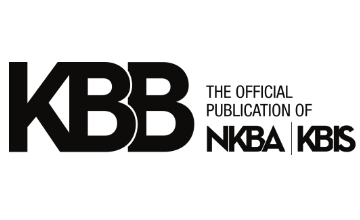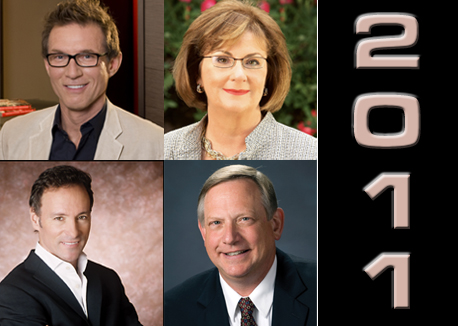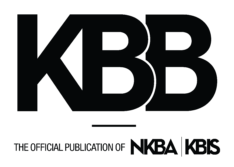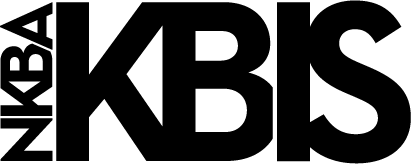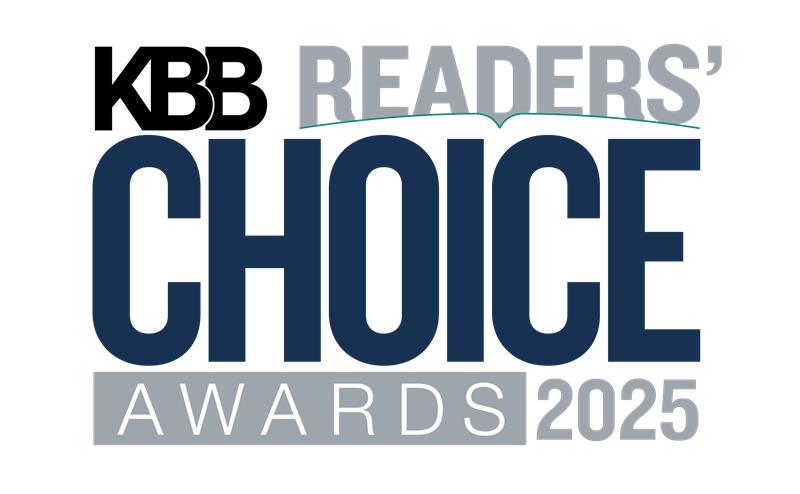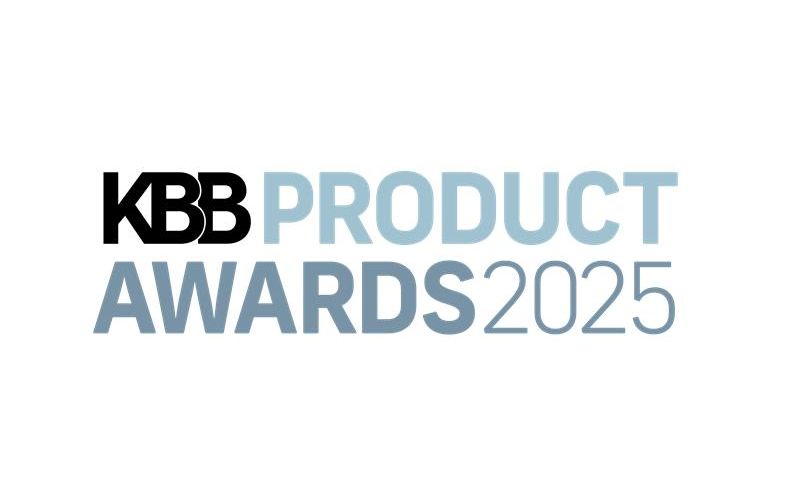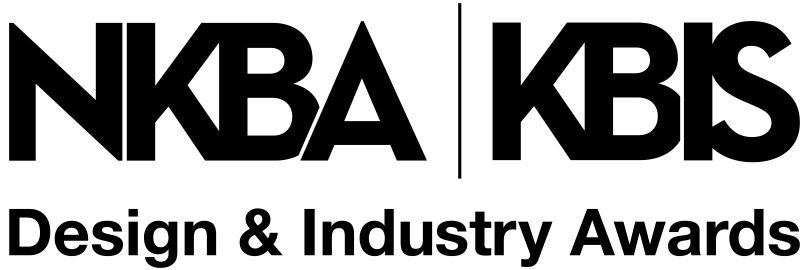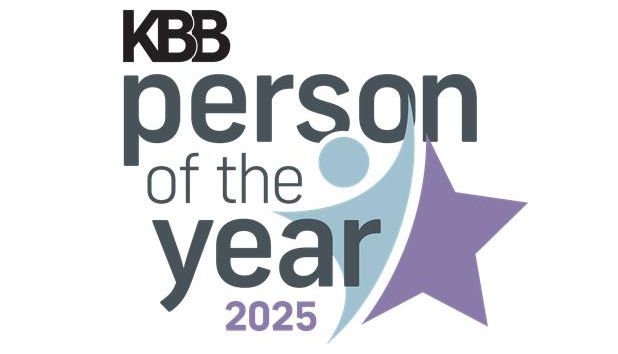With the new year just begun, many in the industry may be wondering if 2011 will bring the proverbial light at the end of the tunnel. K+BB asked five k and b professionals for their views on this new year. They are: Troy Adams, Troy Adams Design; Ellen Cheever, CMKBD, ASID, CAPS, Ellen Cheever & Associates; Mick De Giulio, de Giulio Kitchen Design; David Alderman, CMKBD, 2011 NKBA president and co-owner of Dave’s Cabinet Inc.; and Brenda Bryan, executive director of the Research Institute of Cooking Intelligence (RICKI).
Q: What’s your outlook for the kitchen and bath industry in 2011?
Troy Adams: I think we’re going to be in a very slow recovery because the banks haven’t been completely candid about the number of foreclosures on their books, and there’s an overabundance of commercial space that isn’t being leased out. Those two factors will drag the economy down and keep people from spending like they used to. But I am seeing a little more activity. Americans are born in their souls to spend, but they’re being more conservative when they shop and taking more time to make their decisions. In the high-end market, they just can’t not spend.
Ellen Cheever: I believe the luxury market will be much stronger in 2011. Holiday retails sales demonstrated this trend: Luxury was dramatically up and mid-range was slightly up. Any project that must be financed will remain difficult to close, so mid-range work may still be “in a holding pattern.” Spec or new construction will not be strong, yet some building will be started for families who are building for themselves.
Mick De Giulio: Overall, things will improve, but we’re still on rocky ground because there are too many disturbing factors, such as the amount of debt in our country and other countries, as well as rising taxes and unemployment. I don’t think there’s going to be a robust recovery until the unemployment situation is corrected, which will take some time. You’re not going to go from 10 percent unemployment to 7 percent overnight. We’ve been hearing for a year now that this is the new economy. You have to figure out how to operate within this new economy.
Brenda Bryan: Based on feedback from designers and RICKI members, I think 2011 is going to be another tough year economically. Projections for remodeling and new home constructions are encouraging. And we know there’s a lot of pent-up demand among consumers. They want to make changes to their homes—improvements and full remodels. But there still seems to be this cloud hanging over, and people are hesitant to spend large amounts of money.
Q: So are consumers remodeling?
David Alderman: Yes, in the recent NKBA Consumer Remodeling Study, we learned that homeowners are planning ahead and paying for kitchen and bath remodels out of their checking account. Consistent across U.S. regions, between 55 and 68 percent of respondents paid, or are planning to pay, for their renovations out of their checking account, as opposed to a credit card, loan or other method. In addition, a large majority of remodel projects begin as a rework for a new oven or a change in countertops and then evolve into a full-scale remodel.
Cheever: In our remodeling business, Giorgi Kitchens & Designs, the fourth quarter 2010 was strong. January has seen calls from clients who are now ready to move forward, as well as new prospective clients requesting appointments. Our firm’s president, Joseph Giorgi, CKD, expects a very good 2011 and has held company-wide meetings to ensure everyone on the team is focused on cost-effective estimating and project production to protect/increase profit margins.
De Giulio: Yes, they are and there are new homes still being built. Currently, I’m working on outdoor kitchens, large-scale projects that extend kitchens and sometimes turn into whole homes and apartments (but that’s not really the core of what we do). Some people look at this time now—and rightly so—as a time of opportunity to get the attention of contractors because they’re hungry for work. You’ll probably going to get a very good job at a very good value.
Q: How would you describe the consumers who are remodeling?
Cheever: They’re younger (40-55 years old) consumers who want to discuss the budget early in the planning process. When they look up a designer’s website, they want to see fee information and a discussion of project costs tied to the firm’s gallery of completed projects. They want to make sure the person and the firm they are considering hiring are experts in our industry and financially stable. The consumer wants to be given choices so that they can carefully select the products and design details.
Even when they visit the showroom, they want to know costs associated with various displays. When the designer arrives at their home for the initial survey appointment, they want to establish a budget for the project, and they like to have options presented to them as the planning process proceeds so that they have choices when it comes to making final design and product selections.
Although the budget is always an important part of the planning process, previously, clients would say, “Here is my dream kitchen/bath, how much will it cost?” Now it’s “Here is my budget, here is my dream kitchen/bath. Can you create the space for me within these fiscal parameters? And, oh, by the way, I am talking to four other firms as well as your group!”
Alderman: According to the NKBA 2010 Consumer Remodeling Study, consumers who are remodeling are well-prepared for the project and know what they would like for their designers to specify. Forty-six percent of respondents said they are willing to pay more for green products in their redesign. Additionally, 36 percent said they consider cabinets to be the most important item when remodeling a kitchen or bathroom.
 Quartz countertops, like Silestone by Cosentino, will continue to be popular in 2011.
Quartz countertops, like Silestone by Cosentino, will continue to be popular in 2011.Q: What kinds of kitchen and bath features are consumers requesting?
Adams: Minimalism is coming back, but it’s not that hard, cold minimalism. It’s a minimalism with a lot of texture. I’m also starting to see what I call “greenish.” People still think being ultra-green is not as hip and cool or that doing an entire house that’s completely green is too expensive, so they’re doing “greenish,” which means they’re putting in bits of green and being conscious about it. They’re also buying greenish status symbols like Mercedes hybrids. People want to tell their circle of friends that they’re doing green, but there’s not going to be as heavy an emphasis on it.
Cheever: Consumers want less “bling” in the kitchen and more function that is beautiful in an understated way. This could mean honed stone surfaces, rather than glazed or polished, or more tailored traditional cabinet styles and less woodwork detailing. Master bath renovations continue to focus on creating a very well-organized room with a restful spa-like atmosphere. Common requests are steam showers instead of big two-people tubs, soft colors and textured surfaces without visual pattern, or limestone and travertine rather than marble and granite. Also popular are lighting systems that offer a variety of settings; separate heating system controls for the bath space, including a heated floor; chromatherapy in the shower and tub; and the ability to play music by incorporating, for example, an iPod docking station just for the bath.
Bryan: Incorporating technology in the kitchen is becoming increasingly important. Consumers use their laptops, iPads, smartphones and TVs in the kitchen and need places to store and charge them. Organizational products/features are also desired. People want to make the space they have the most efficient it can be. Warming drawers, refrigerator drawers and dishwasher drawers are all becoming more popular and moving toward mainstream America. These products give people a way to use smaller spaces and be more energy-saving.
Q: What kitchen- and bath-related trends do you think will be big this year?
Alderman: According to the NKBA 2011 Style Survey, growing trends around energy-efficient products continue, including the increased interest in induction cooktops. As we entered 2011, induction cooktops had been specified by 34 percent of designers surveyed. In addition, designers are clearly opting for more energy-efficient lighting options. LED lighting has also increased, which is consistent with our surveys of designers and consumers. In the bathroom, our NKBA 2011 Style Survey reports that quartz countertops continue to be in demand, as this year 54 percent of designers say their consumers are opting for quartz.
Cheever: This will be a year about the basics. The kitchen sink will become a much more important appliance, with accessories leading to the water source creating a work center within the bowl of the sink. Induction cooking will gain share from gas cooking surfaces. Electronics will dominate appliance innovation—requiring the design professional to really understand how they work. A flat-screen TV with Internet connectivity that is controlled by a wireless keyboard will be the newest “must-have” appliance in the kitchen.
Adams: Induction is coming back. In almost all of the jobs I’ve been doing, we’ve been putting in induction. I think it’s because there’s enough awareness about it now and all the manufacturers are coming on board with it.
 Induction cooktops are coming on strong. Photo: Bosch’s AutoChef
Induction cooktops are coming on strong. Photo: Bosch’s AutoChefCabinet finishes have been interesting. I’m seeing two trends. Getting back to sleeker, minimalism, we’re seeing a lot of glass surfaces. It’s glass that’s been backpainted and glued to a board. So it’s a high-gloss finish but not a high-gloss lacquer. I’m also seeing heavily textured slab doors that have some modeling to them or doors with movement or texture have also been well requested. So instead of using a flat slab door everywhere, the kitchen might have glass cabinetry mixed with some textured wood surfaces.
Q: What factors will help you determine where you and your business will go this year?
De Giulio: There’s one single trend that I keep my eye focused on and that’s lifestyle: how people are living in their homes and their kitchens. And people are living in their kitchens. My job is to translate that. I still think there’s a lot of opportunity for good design, great projects and the growth of ideas, as well as the growth of the business. Good business follows good work.
Bryan: Designers tell us they are sort of re-inventing themselves. They are looking at how they operate their businesses. They are networking even more. Some are updating their websites. Using social media to get the word out is also becoming a strong marketing tool for designers. Some designers are expanding the lines they work with to bring more lower-end products to provide their clients with a wider price selection. Events such as open houses and networking parties also seem like marketing tools that designers will be using more.
Q: What role does technology play in how you do business?
Adams: I think cloud computing is going to be huge. We’re going to see a lot of Internet-based applications and servers, which will minimize IT departments and the kinds of complications that occur when people try to handle all of their own programming in house. I’ve eliminated my server and basically my whole IT department as a result of using programs like Dropbox. My whole staff has access to it no matter where I am. It has become a backup for data.
In addition, a lot of my client meetings are being done through gotomeeting. We’ll meet face to face for the big issues but if it’s just to get their ideas on some minor detail, or if they want my opinion on something they’ve seen and taken a photograph of, we’ll use that application. Many of my clients are very technologically savvy. I have one client who will only communicate with me via text message. Emails don’t work, phone calls don’t get returned, but if I text him, I get an immediate response.
I also started implementing a paperless office about five years ago. So all my contracts are done digitally. All my faxes come through, are converted to pdfs and are emailed to me. And through Dropbox, I can access all my information and files through my cellphone, my iPad, my computer or if I’m over at someone’s house, their computer. It’s become more organized than having paper in one location.
I can’t do without my smart phone and my iPad, because that’s where I keep my portfolio. When I go to a job site, I click it on, music starts playing in the background and people can stream through my portfolio and we can talk about it. My Bluetooth in my car is also important because now with my new smart phone, I do all my text messages via voice while I drive.
Q: What business lessons have you learned from the past two years?
Cheever: To listen very carefully to the client during the initial information gathering stage so that I focus on what their family values, rather than what I think they should have. To be very thorough in the budget analysis and comfortable talking about money. To more actively learn about new products in our industry. To present drawings that reflect the entire space, not just the floor area where cabinets will be used.
Adams: It used to be that when you were published in a well-known shelter magazine, you would get phone call after phone call. But consumers aren’t buying that way anymore. What I’ve learned is to go back to my existing clients and spend energy on letting them know I’m looking to increase my business, getting recommendations from them and tapping into their circle of friends. I’ve also learned to put more emphasis on local markets because a lot of people in New York aren’t hiring a designer in Los Angeles anymore. Finally, I’ve learned to have more of a prudent reserve. I used to put all of my profits back into my showroom and new displays and try to have the latest and greatest. However, when the economy dropped off as suddenly as it did, not having a prudent reserve was detrimental to my business.
De Giulio: Our job as designers is to be visionary. It should be to try to create movement, rather than follow movement.
